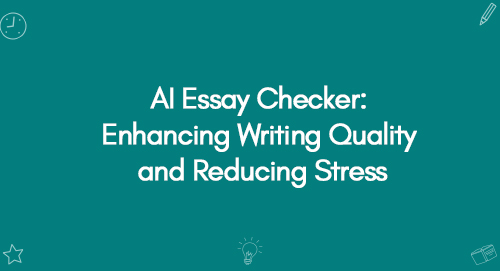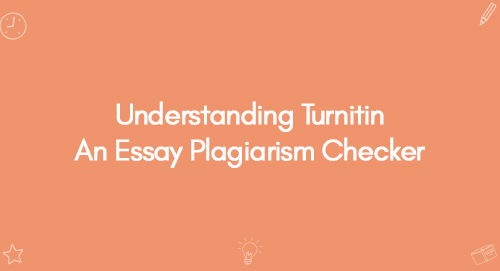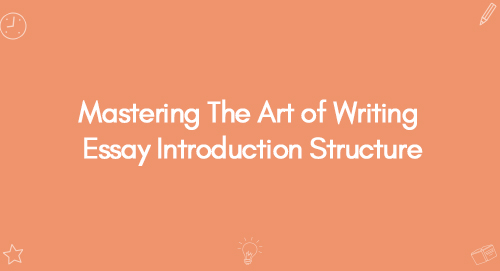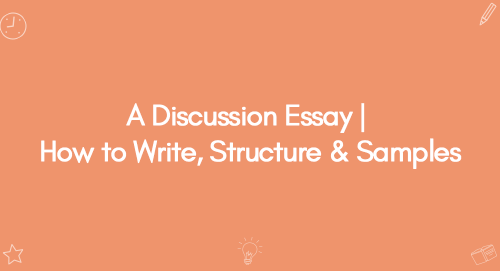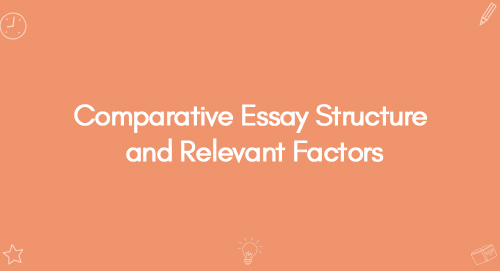Comparative Essay Structure and Relevant Factors
Comparative Essay Structure and Relevant Factors

Comparative Essay Example | Hint and Tips
December 1, 2023
Climate Change Essay | A Structured Approach & Example
December 5, 2023A comparative essay is a form of academic writing examining different subjects, thoughts, ideas, or texts. This essay examines the similarities and differences among the chosen subjects to understand aspects related to their nature or effects.
Comparative essays consist of an introductory part, several body paragraphs and concluding remarks.
The first paragraph presents a brief background about the subjects under comparison, creates the basis for understanding, and gives statements on issues to be explored for comparison. In the body paragraphs, each subject is divided to explain certain issues and include factual data and analyses supporting the comparison and contrast. The conclusion restates the main points and confirms the thesis statement. This highlights the importance of comparative essay analysis.
How to Structure a Comparative Essay
Structuring a comparative essay involves organizing your thoughts and arguments clearly.
1. Structure and Organisation
Using a graphic is one of the best ways to organise thoughts before you start writing.
Outline these features using diagrams like a ‘Venn diagram’ or a ‘compare and contrast map’ to underline similarities and differences. Comparison essays can also be structured differently in the following ways;
- Whole–to–whole: Start with one topic and continue until you finish describing another.
- Similarities–to–differences: Here, you prove that the two themes have parallel features then it was different.
- Point–to–point: Here, you state a single point regarding two issues before moving on to the next point.
2. Introduction
- Writing an Introduction in an essay will identify key terms.
- An argument stated for the essay (show position as regards statement or question)
- It gives an idea about the subjects that are to be compared and contrasted
- The main idea of this thesis is to be outlined. It is possible to do this by emphasizing.
- The key similarities and dissimilarities will be talked about in the introduction.
- Illustrate body paragraph ordering such as the first sentence should be followed by another, leading to the second paragraph.
2. Body
- While drafting a body of compare and contrast essay, ensure that every paragraph uses the TEEL or TEAL template.
- The topic sentence presents every paragraph, for example, if you are building either point-to-point or similarities-to-differences.
- Arrange your topics of discussion in a way that each paragraph can specifically state one comparison topic per time. You have to create an interesting discussion so you need to ensure that all your paragraphs are organized and well-written.
4. Conclusion
- The writing in the last paragraph can begin with ‘In conclusion.’
- Last paragraph should contain the information about your final thoughts with regards to the comparison.
- Create a great impact by having a conclusion that can put together all your points of discussion.
- Conclusion paragraph shows emphasis on the strongest similarities and dissimilarities.

Relevant Factors to Consider When Writing a Comparative Essay
A comparative essay is more critical in evaluating two subjects than an evaluation essay example. If you are writing a comparative essay, you must know some effects that differencing factors may create and which results you will obtain as soon as the writing is completed. They include some of which you should consider while writing.
-
Organise your Discussions in Comparative Essay
While writing a comparative essay, proper organization is essential. A skeleton outline is necessary for a writer who aims to write the most refined and coherent discussion. How you organise your discussion significantly impacts how your readers will understand if you know your stuff and are knowledgeable about your topic.
-
State your Thesis Statement
To present this sort of essay in a structured way, select one point, which you should follow through until its conclusion. The findings in your frame of reference should form the basis for your thesis statement. You need to look at your subjects carefully to form an opinion about these with their commonness or differences.
-
Provide Reasons for Comparison in Essay
At the end of the writing process, one must establish the reason for comparing two elements. Prepare grounds of comparison beforehand to convince your audience that you had followed certain objective standards through which two objects were selected. How your subject was chosen can play a very important role in making your comparative essay more engaging.
-
Define Reference Frame
The frame of reference in a comparative essay concerns how the writer has selected the groupings for comparison. A comparative essay should be organised in the features of ideas, themes, theories or problems.
Comparative essays vary from one another in terms of content. The primary objective would be to make sure one understands exactly the types of instructions given on how to write a comparative essay so that you develop the contents for the paragraphs and create an outline of the paper. Ensure you always follow the guidelines and suggestions mentioned above in every preparation stage for your comparative essay writing. Always be reassured in writing what you think about. Provided that such facts support your thoughts, this comparative essay would perform its function and reason of existence.
Conclusion
Writing a comparative essay may be challenging, but it offers a unique experience of uncovering intertextual relationships. Carefully paired texts will help one see beyond each text individually and gain a deeper understanding of each one, to derive new meanings from each text. The only way to select a suitable essay style is to try out options. Give yourself time by trying out a few approaches which will help you gauge the feedback received from your teacher. If you want the best way of improving your writing, this could be a comparative essay of all types, and the resources will help you do that right out there.
References
- The comparative essay. (n.d.). Writing Advice | University of Toronto.
- George, K. (2023, March 9). How to write a comparative essay: Structure & tips. A Team Tuition.
- How to write a comparative essay (with pictures). (2005, October 4). wikiHow.
- Indeed Career development... (n.d.).
- Research guides: How to write a comparison essay: Introduction. (2019, August 19). Research Guides at Langara College.
- Comparative essay - 10+ examples, format, PDF. (2017, November 16). examples.com.
Free Premier Essay Writing Topics
Essay Writing is an essential part of academics which presents the ideas, arguments, opinions, or positions of the writer regarding the topic. The writer supports his claims using facts, evidence, or survey studies.
- Clear presentation or understanding of the type of essay
- An appealing introduction with an unambiguous thesis statement
- A well-defined structure of body paragraphs supporting the thesis
A prospective conclusion with an optimistic tone


